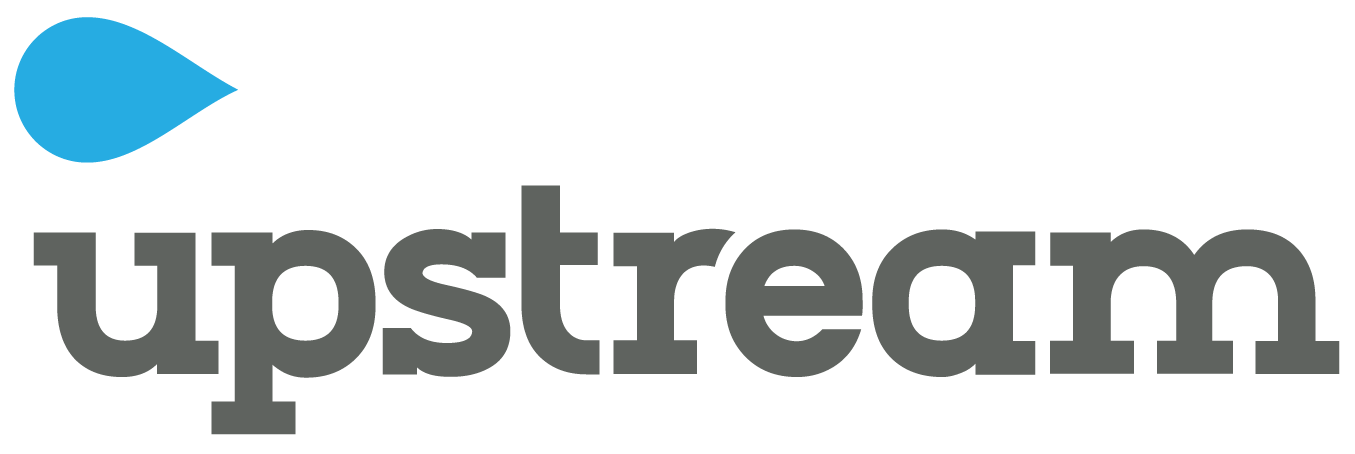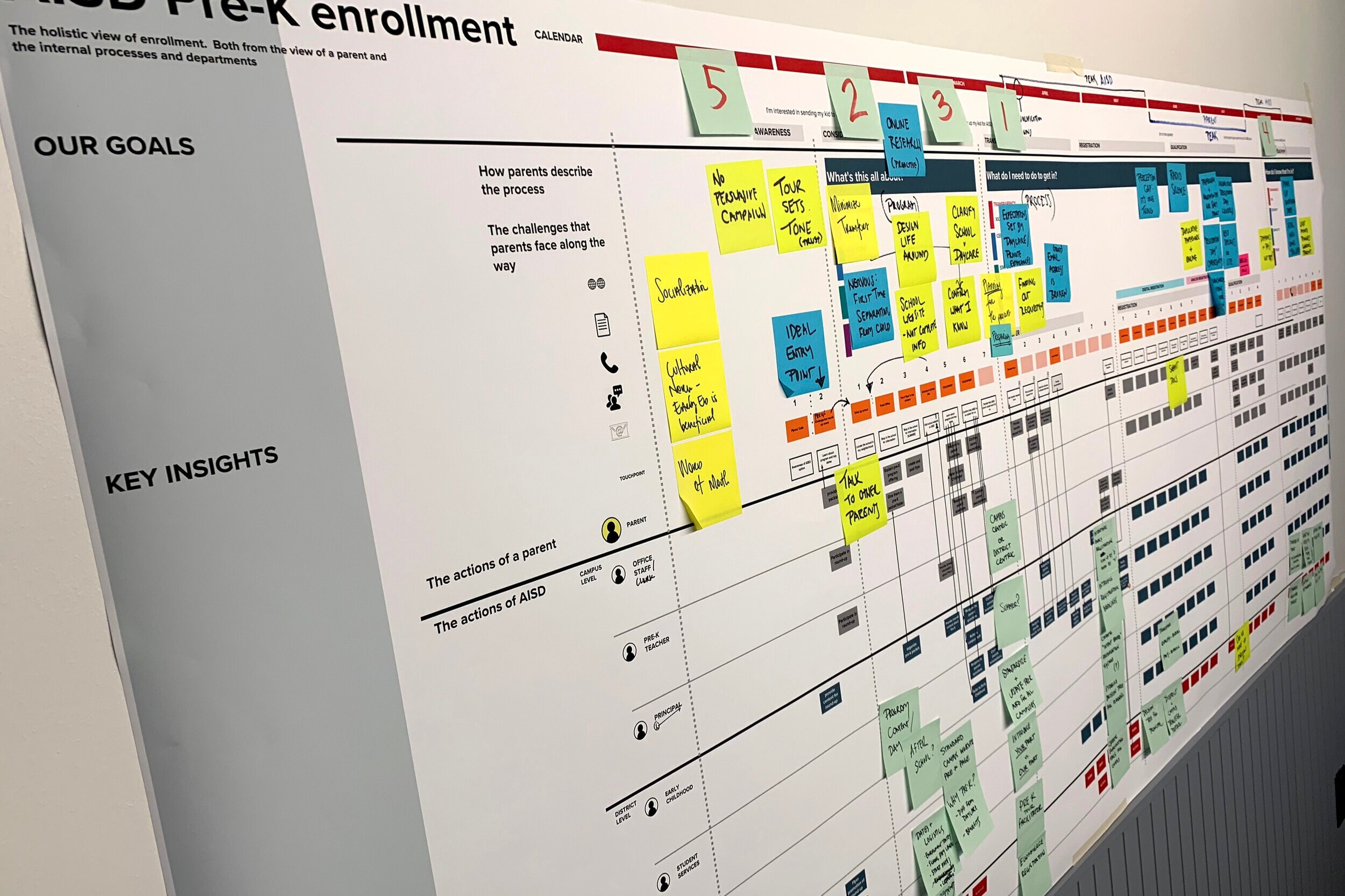
Redesigning the enrollment experience to meet the needs of families.
Framing the barriers to enrollment
The Austin Independent School District serves the needs of 80,000 students and families. As one of the leading public school districts in the nation, it's driven by a bold mission to “reinvent the urban education experience.” For most families, that experience begins with early childhood education. Though not currently mandated by state regulation, AISD had championed and offered a pre-kindergarten program in line with the scientific evidence that numerous benefits arise from children engaging in educational environments before the age of kindergarten (typically 5-6 years old). While the initial efforts were successful for several years, the district recognized that more families in the community could be benefitting from these programs, particularly socio-economically disadvantaged families. Understanding why more families weren’t enrolling in the available programs became the central focus of building a new experience to support more children in the community. In collaboration with AISD leaders in Early Education and Innovation, Upstream was engaged to further understand the situation and design new solutions.
Recognizing that family decisions around children and education weren’t made in an instant, Upstream deployed its journey research methodology to engage with target families. In-person qualitative interview sessions were conducted in both Spanish and English with parents and caregivers across the spectrum of enrollment steps. The interview session explored the decision-making process and subsequent steps in the enrollment process. The results were organized by common milestones identified by families as significant in their experience. Once organized, the patterns of enablers and inhibitors to progress were identified. This established a new framework for understanding the enrollment experience as seen through the eyes of families.
Similarly, Upstream engaged internal stakeholders at the school district to map existing decisions and processes that supported the enrollment experience. This resulted in a comprehensive blueprint for the existing enrollment process and revealed operational bottlenecks as well as resource challenges currently being faced.
Combining the new enrollment framework with the operational blueprint identified the necessary steps to crafting a new experience to encourage enrollment.
Identifying design opportunities
Our new framework established four key stages that a family progresses through during the enrollment decision. Fundamentally, the perspective of a family is one of “having a plan for the fall” when school years begin. This is markedly different than simply enrolling in a program. It revealed that the needs of families were much wider than the program itself and that the enrollment processes needed to respond to those needs. For instance, considerations around after-school programs, normal drop-off/pick-up times and the proximity to parents’ workplaces were critical factors. Additionally, parents wanted to get their “plan for fall” in place as early in the year as possible. A lack of certainty in the existing process could increase the anxieties already present in parents with young children. For most, this represented the first time their child will be away from home during the day, so the emotional stakes of the decision were high.
Three essential elements were required in the new design - Certainty, Simplicity and Trust. These three elements were prioritized in each of the four stages of the enrollment decision-making process, revealing 17 specific actions that needed to be taken to establish the new enrollment experience design.
Designing a new enrollment experience
The research, resulting framework and associated 17 actions necessitated an integrated approach across district stakeholders. Designing a new holistic experience for families required a holistic approach within the organization.
Implementing the new experience to attract more families is still an active ongoing process. A core team led by Upstream continues to develop the actions by engaging the appropriate departments within the design process.
This research has provided the Austin Independent School District with new insights, structure and a process to co-create a solution that meets the needs of the Austin community.



